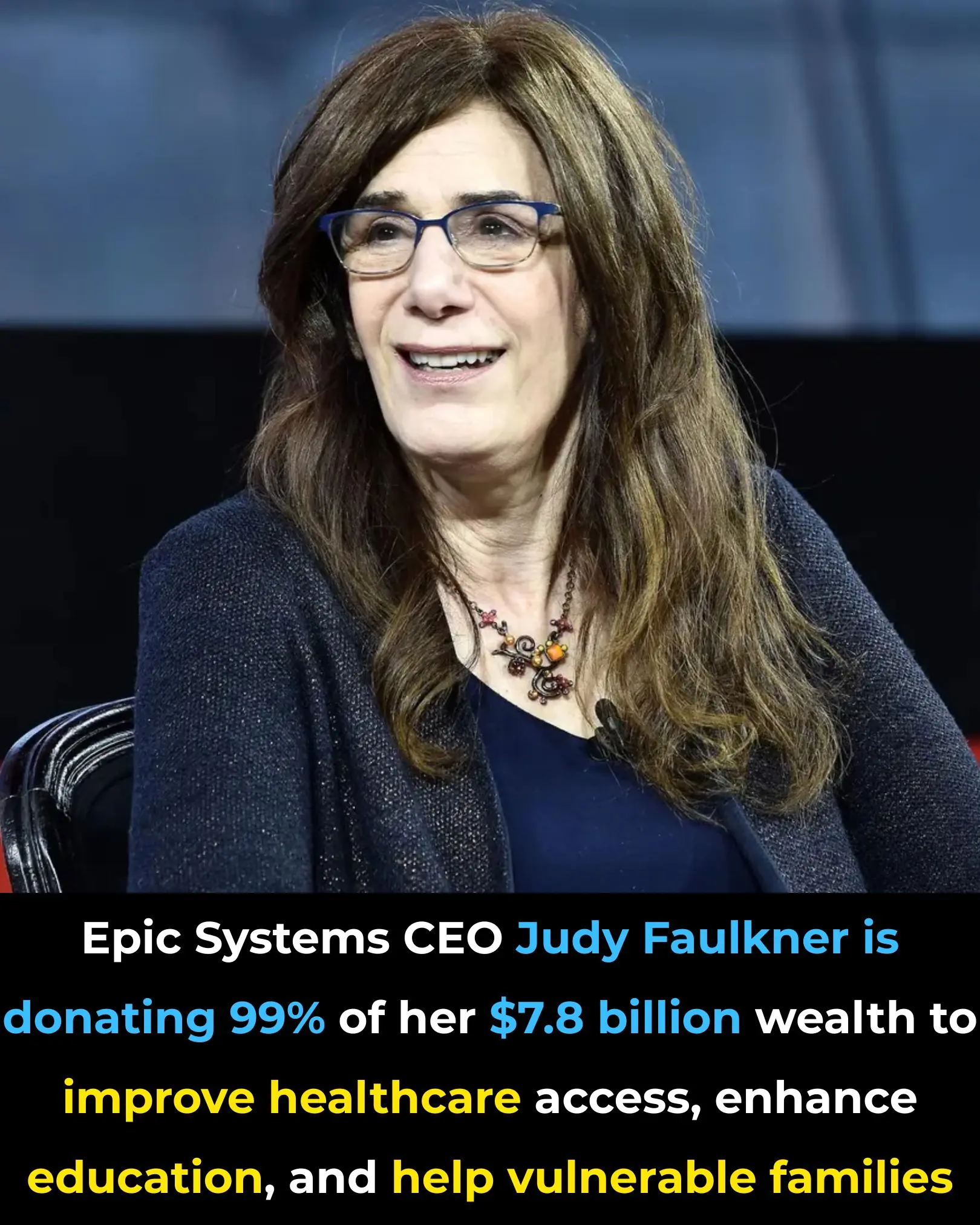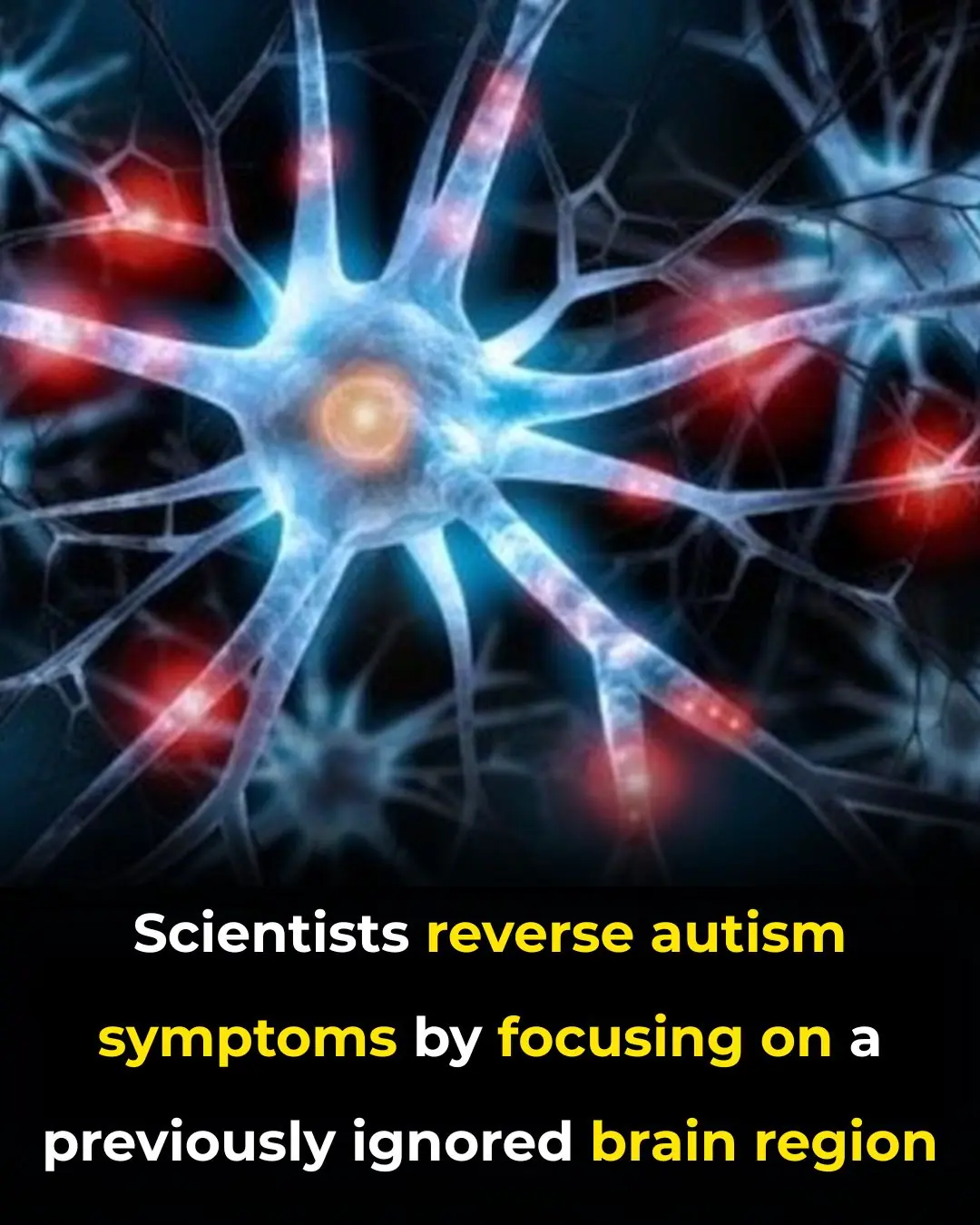
🤝 The Collaborative AI Future: OpenAI Launches WhatsApp-Like Group Chats in ChatGPT
OpenAI has significantly expanded the utility of its flagship AI tool, ChatGPT, by introducing a major feature that transforms the platform from a singular AI assistant into a collaborative digital workspace. Following in the footsteps of popular messaging applications like WhatsApp, the company has launched a group chat feature that allows users to seamlessly create shared conversations, enabling friends, family, or coworkers to brainstorm, plan, and collaborate inside the app, with the powerful support of an integrated AI.
This development marks a pivot in OpenAI’s strategy, evolving ChatGPT beyond a private, one-on-one interaction tool toward a shared, social, and productivity-focused platform. The feature facilitates shared decision-making and creative ideation, positioning the AI not just as an answer engine, but as an impartial, knowledgeable collaborator within a group dynamic.
Key Features of the New Collaborative Experience
The new group chat capability is robust, incorporating several elements familiar to users of modern messaging services, but enhanced with AI intelligence:
-
Group Creation and Participation: Users can easily initiate a new group conversation or turn an existing private chat into a group. The tool supports up to 20 people in a single thread, making it suitable for everything from planning a weekend trip to coordinating a small team project.
-
Invitation Mechanism: Adding new participants is made simple through invite links, ensuring that joining is quick and accessible for any logged-in ChatGPT user (regardless of whether they are on a Free, Go, Plus, or Pro plan).
-
Profile Setup and Identification: To maintain clarity in multi-user conversations, users are prompted to set up a short profile including a name, username, and photo. This helps all members identify who is speaking, a crucial detail in group collaboration.
-
AI's Social Intelligence: One of the most unique aspects is how ChatGPT interacts. The AI has been trained with new "social behaviors," allowing it to follow the flow of the conversation and decide when to chime in and when to remain silent based on the context. If a user needs a direct answer or intervention from the AI, they can explicitly mention “ChatGPT” in their message.
-
Interactive Elements and Customization: To enhance the conversational experience, the AI supports emoji reactions and can even reference members' profile photos when generating personalized images within the chat. Groups can also set their own custom instructions to dictate ChatGPT’s tone, personality, or level of detail for that specific collaborative space.
Privacy and Strategic Deployment
OpenAI has emphasized privacy in the design of this social feature. Significantly, a user's personal ChatGPT memory and custom instructions are NOT used in group chats, and the AI does not create new memories from these shared conversations. This ensures that sensitive personal data remains segregated from the group environment.
Initially, the feature was rolled out as a pilot in select countries—including regions like Japan, New Zealand, South Korea, and Taiwan—to gather early user feedback. The response was overwhelmingly positive, prompting OpenAI to rapidly expand its deployment. Within days of the initial pilot, the company announced a global rollout to all logged-in users across all subscription tiers (Free, Go, Plus, and Pro).
The Implication for Collaboration and Productivity
This update positions ChatGPT as a versatile tool for collective intelligence. For example, a group planning a vacation can use the chat to debate destinations while ChatGPT simultaneously compares flight prices, builds an itinerary, and generates a packing list. A team of colleagues can use it to brainstorm marketing copy, draft a research outline, or summarize shared documents and articles—all within the same, fluid conversational thread.
By transforming ChatGPT into a shared digital assistant, OpenAI is challenging traditional collaboration tools and further cementing its platform as an indispensable component of both personal and professional workflows. This move is indicative of the broader industry trend towards embedding AI directly into the human communication loop.
📚 References
-
OpenAI Official Blog/Announcements. (The primary source for official feature rollouts and strategic direction).
-
TechCrunch/The Verge. (Major technology news outlets providing timely and verified coverage of new AI product launches and their global impact).
-
VentureBeat. (Offers analysis on the business strategy and competitive landscape implications of OpenAI's new feature launches).
News in the same category


A Simple Superfood That Enhances Your Baby's Brain Development During Pregnancy

Nature’s Defense: How Guava May Support Liver Health and Fight Cancer Cells

The Powerful Role of Eggs in Supporting Early Memory and Learning in Babies

📱 The End of Wallet Clutter: Apple’s Digital ID Revolutionizes Identity Verification and Travel

Lighting the World Without Batteries: A Teen’s Breakthrough in Thermoelectric Innovation

Judy Faulkner: The Billionaire Tech Entrepreneur Pledging 99% of Her Fortune to Philanthropy

Unlocking Nature’s Medicine: How Fermented Stevia Could Transform Future Cancer Treatment

True Devotion in Fatherhood: The Power of Showing Up, No Matter the Circumstances

🇯🇵 Innovation with Compassion: Japan's Heated Benches Offer a Practical Solution to Protect the Homeless

🔦 Stepping into the Upside Down: How Netflix is Revolutionizing Fan Engagement with Immersive Stranger Things Experiences in London

Historic Transcontinental Robotic Surgery: Doctor in Rome Performs Live Surgery on Patient in Beijing

🧠 The Nocturnal Rinsing Cycle: Deep Sleep, CSF Dynamics, and the Fight Against Alzheimer's

When Convenience Becomes a Crisis: The Global Impact of Ultra-Processed Foods

🌊 A Paradigm Shift in Urology: Non-Invasive Shock Wave Lithotripsy Revolutionizes Kidney Stone Treatment

Targeting a Hidden Brainstem Circuit: New Breakthrough Reverses Core Autism Symptoms in Lab Models

AI Models Ignoring Human Shutdown Commands: A Growing Concern for Safety and Control

Portuguese Mother Discovers Her Twin Boys Have Different Fathers in Rare Case of Heteropaternal Superfecundation

Revolutionary Magnetic Microrobots Could Transform Stroke Treatment with Targeted Therapy
News Post

Unlock Radiant Skin: The Ultimate Guide to Using Beetroot Gel for Glowing, Spotless Skin

Fenugreek Seeds for Hair Growth: The Power of Fenugreek Hair Rinse and Its Benefits for Hair

Japanese Milk Wax To Get Rid Of Unwanted Facial Hair

When Will I Outgrow My Acne? The Difference Between Adult and Teen Acne

5 Mascara Tips For Short Lashes

LEVEL UP YOUR LASH GAME: Top 5 Tips for Eyelash Extension Success!

Forehead Acne and What to Do About It

11 Common Eyebrow Mistakes Women Make in Their 60s (And How to Fix Them!)

How to Prevent and Treat Age Spots: Expert Tips for Radiant Skin

5 Ways Your Skin Changes as You Age and How to Keep It Vibrant

DIY Fenugreek Oil for Hair Growth – Get Thick Hair

Brow Boosting Serum: The Natural Way to Achieve Full, Thick Eyebrows

Why You Should Be Putting Salt in Your Toilet

Why Some Children Don’t Visit Their Parents Often

DIY Vaseline Cream: The 4-Ingredient Glow Hack That Makes Your Skin Baby-Soft Overnight

DIY Fenugreek Hair Masks for Hair Growth & Reducing Hair Fall

Will Americans Receive $2,000 Stimulus Checks? What You Need to Know

Revolutionary Miniature Implant Offers New Hope for Restoring Vision in Macular Degeneration Patients

A Simple Superfood That Enhances Your Baby's Brain Development During Pregnancy
